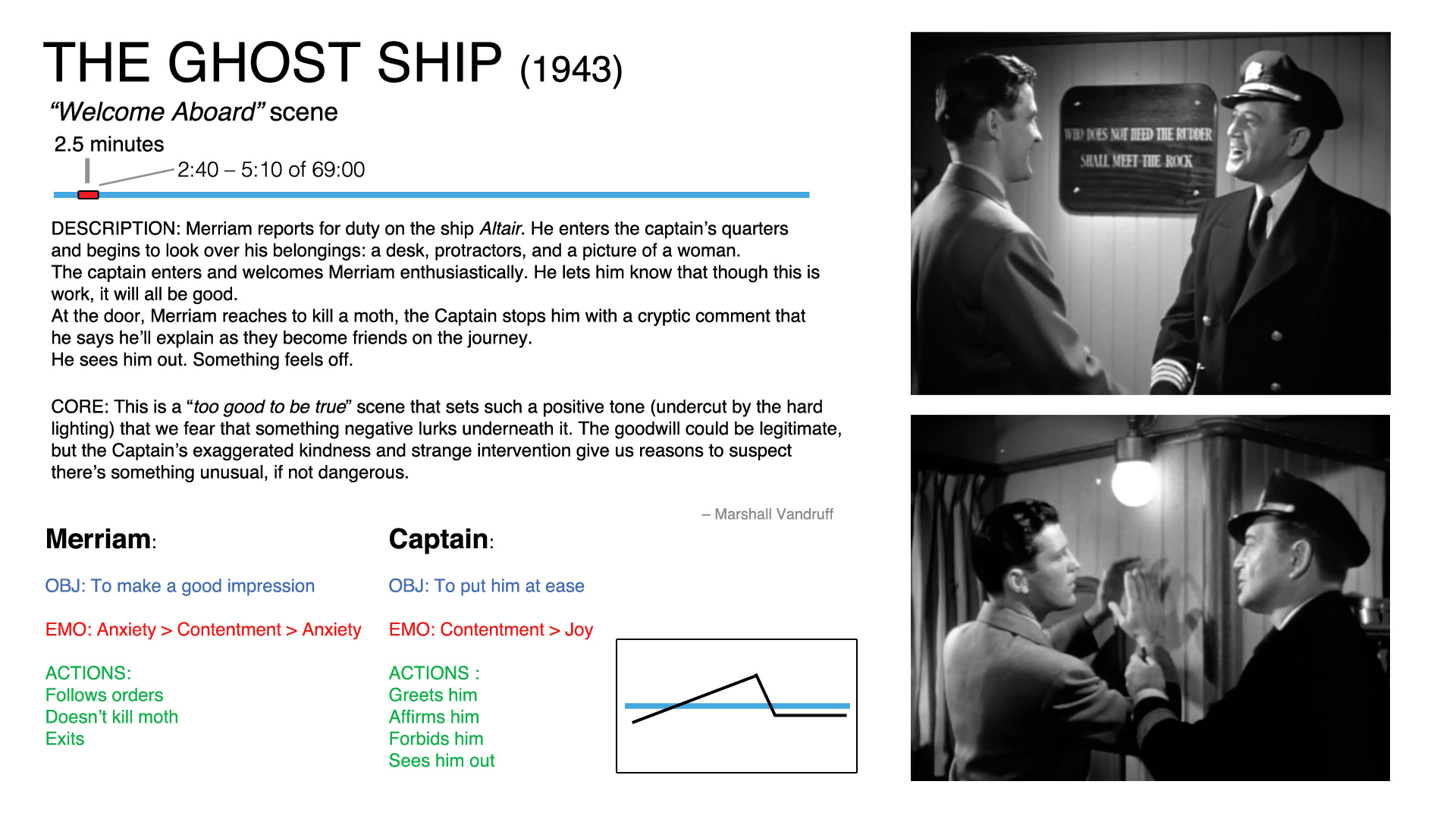Argumentative Essay
Over this weekend, I have thought a lot about what I want to write about and how I can find sources on both sides of the argument. As for this essay, the writer should remain neutral in the whole of the paper and share his/her opinion at the end. Kind of like a judge over seeing a court hearing.
From this, I have a subject that I would like to write about that would seem like an easy answer but is extremely convoluted for such a simple question. The proposition of lips on dinosaurs. For a long time, and have continued to publish, theropods with teeth uncovered and flashing all over pages of books and articles. Although, this hasn't been because it just looked cool, there was evidence to back it up. Evidence that I will not get into here but there is. In recent times however, there has been a push toward a new view of these creatures with lips. Like many things, it is up for interpretation based on old as well as new findings. I am excited to write about this as I have been looking into it for around two days now and it is incredibly in depth.



